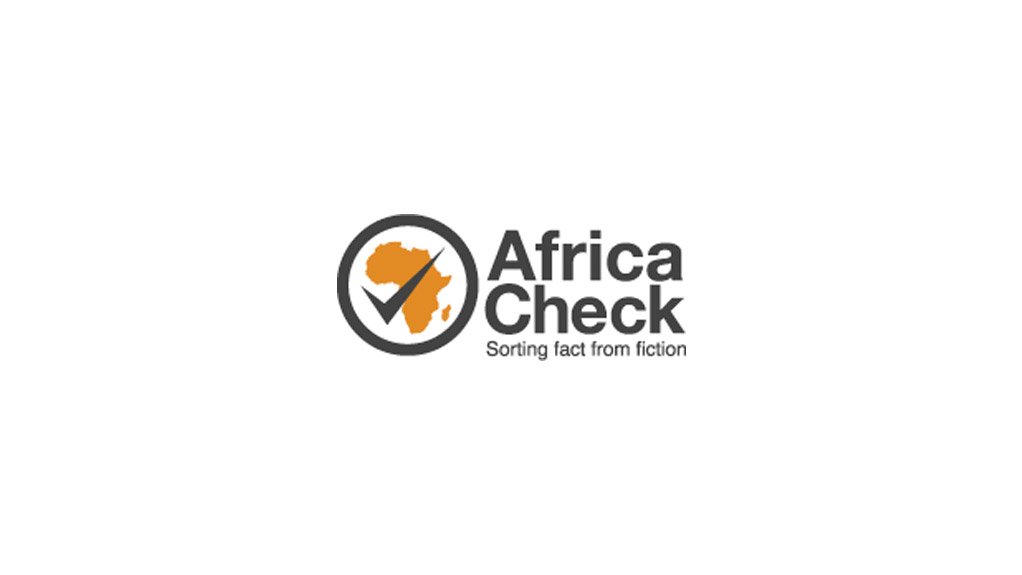The National Hospital Insurance Fund (NHIF), Kenya’s public health insurer until its closure in 2024, was long plagued by mismanagement.
Speaking in Kansas City, Gachagua said Ruto “found a system called NHIF that was struggling, but working, that needed improvement”.
He continued: “The people at NHIF had come up with a programme that needed KSh800-million to reform it and make it workable and compliant with the present times.”
Gachagua has made this claim before, suggesting reforms would have cost only a fraction of what its replacement was expected to require.
But is his figure accurate?
A 2011 strategic review for the World Bank’s International Finance Corporation (IFC), prepared with the NHIF and the Kenyan health ministry, estimated consultancy fees for reforms at KSh161.5-million.
This excluded major costs such as redundancy payouts (with 71% of administrative costs tied up in personnel), actuarial reviews, asset valuations and efforts to expand into the informal sector.
In 2015, the IFC reported that the World Bank had provided $20-million (KSh1.96-billion at the average exchange rate then of KSh98.18 per dollar) for the first phase of NHIF reforms. Germany also pledged €20-million (KSh2.12-billion at the then rate of KSh108.96 per euro).
More recently, in the 2023/24 fiscal year, the NHIF itself budgeted KSh700-million for IT upgrades, a figure Gachagua has previously rounded up to KSh800-million.
No expert review has ever costed NHIF reforms at KSh800-million. Gachagua appears to have misstated the cost of a system upgrade, and then misrepresented it as the cost of full reforms.
The evidence from IFC reviews and donor funding so far shows the true bill would have run well above his figure.











